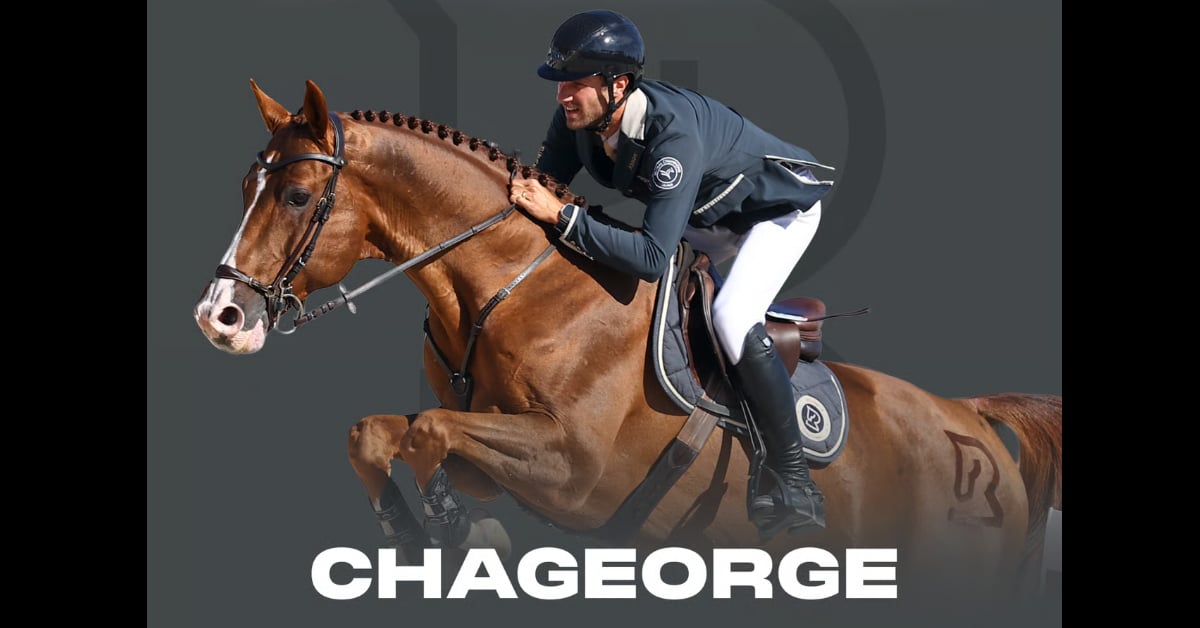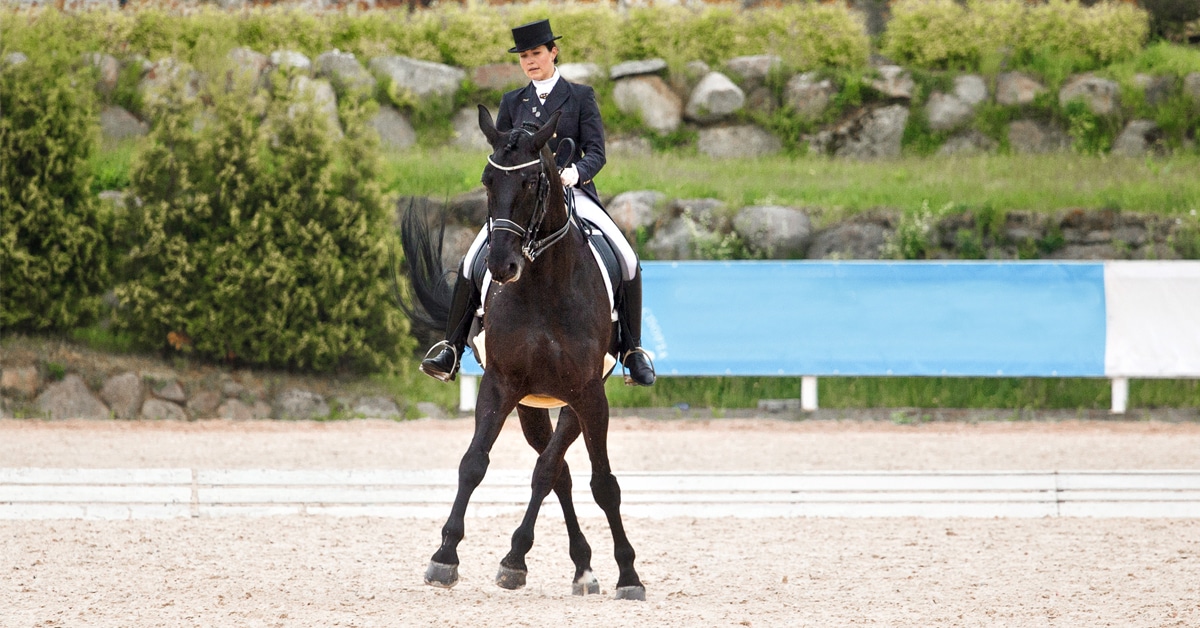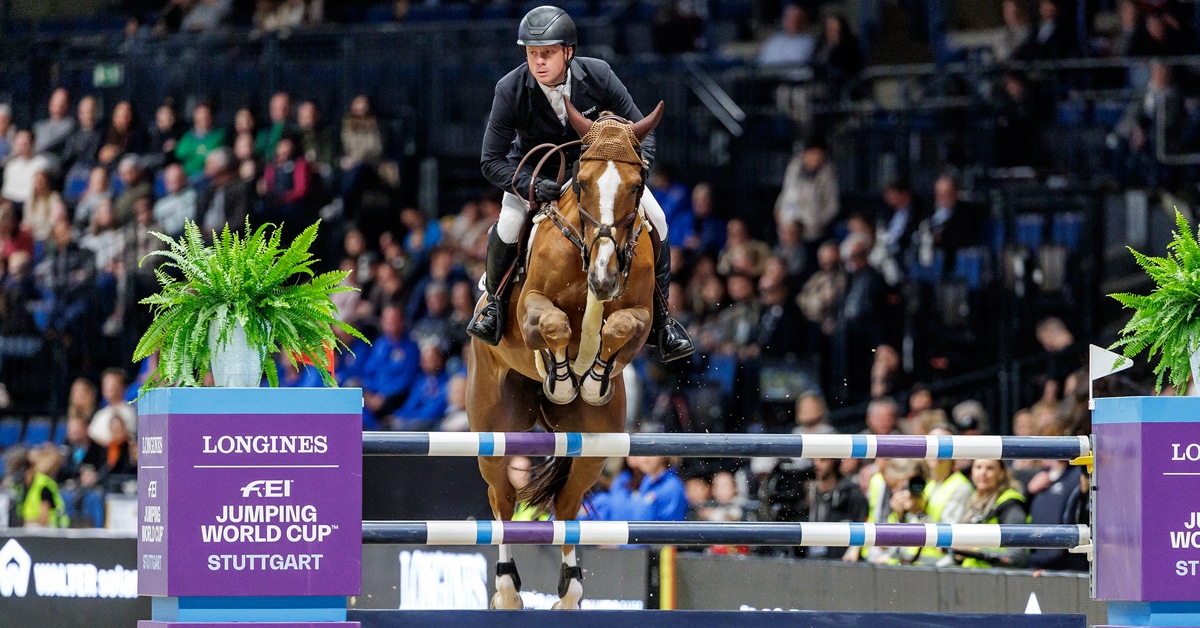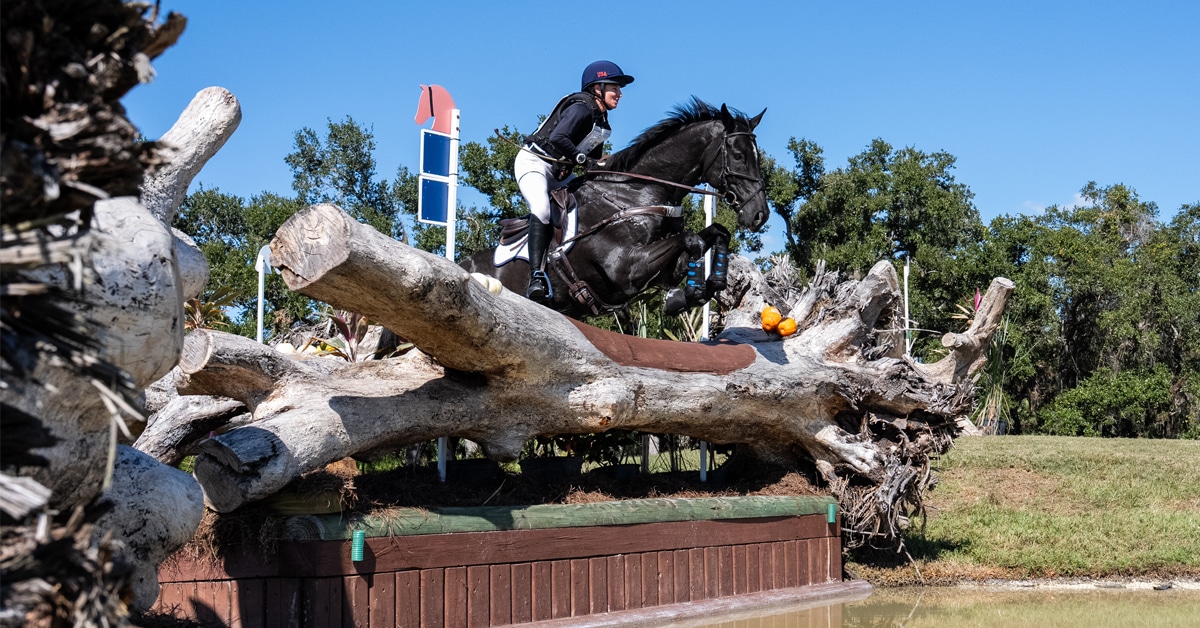The FEI has told HorseSport.com that there had never been any intention to use the new noseband tightness tool on every horse at every FEI show, following pushback to the recently announced protocols for the new measuring tool.
While organisers can test every horse if they wish, the protocols for each discipline are geared towards random or targeted testing before and/or after the ride. This has caused widespread consternation from welfare campaigners who, upon reading the finalised protocol, believe the FEI has bowed to pressure from riders.
But the FEI said today (March 18): “We are not certain how the community came to understand the noseband testing as mandatory for all horses at an FEI Event, as we have never communicated it that way. In our internal discussions with stakeholders, this message was never conveyed, as we recognised from the outset that it would not be practically feasible.
“It is not obligatory to check every horse with the new measuring tool. The number of checks will depend on the size of the stewarding team and the number of participating horses.”
HorseSport.com has read the 2023 consultation responses to noseband testing from national federations and stakeholder groups. Mandatory testing for all is neither stated nor implied by the FEI. The impetus seems to be identifying an objective measurement that did not rely on the traditional two-fingers-under-the-noseband approach, and which could apply to all FEI sports.
Dressage and jumping stakeholder groups certainly thought all horses would be tested, and this was a main debate at the annual assembly of the International Jumping Riders Club (IJRC) in December, with Canada’s Tiffany Foster suggesting that the tightness tool should be used to settle any dispute, rather than routinely used on every horse. The FEI staff present did not comment on the notion of testing for all.
In recent months, discussion has been complicated by many conflicting issues. Some riders didn’t want any testing at all. Some accepted there new rule could not be reversed, but thought elimination was too draconian, and/or that the procedure was too intrusive, especially on an excitable horse. Officials ‒ especially those expressing concerns to Stefan Ellenburch, chair of the FEI jumping committee ‒ were worried about this additional task, when they already have limited time for existing mandatory checks. A clean pair of disposable gloves must be donned and the tool disinfected for each horse.
The International Dressage Riders Club called unsuccessfully for any tightness testing to be done over the cheeks and not over the nasal bone, as is prescribed in the final protocol.
Meanwhile, while welfare campaigners welcomed mandatory testing in principle, there was disappointment amongst that cohort that the FEI had not adopted the long-established International Society for Equitation Science (ISES) tool, which demands about 25% more slack. The FEI said it developed its own tool to be “minimalistic, user-friendly and well tolerated by horses,” without the additional features of the ISES tool, i.e. a bit template. FEI wanted a simple “pass-through” device with no need for a visual check.
The FEI tool is a slim black plastic wedge passed under the noseband at the (front) nasal bone from top to bottom, resulting in an unequivocal pass or fail.
Use of an agreed tool was approved at the 2023 FEI General Assembly, with implementation deferred to January 1, 2025 while it was developed. Implementation was then further deferred until May 1 so the the product could be made (by a leading French manufacturer of plastics) and distributed.
The use of the tool is set out in Art 1044.8 of the 2025 FEI Veterinary Regulations (see page 45). As a general rule, anyone failing can start their competition if the noseband is then adjusted to comply. But if it is found to have been covertly re-tightened before entering the field of play if the horse is tested afterwards, there is non-appealable elimination plus a yellow warning card ‒ though this will rely on stewards deciding to re-test. In all sports the test on the selected horses can be done before the warm-up or at any time the rider/handler requests it. In multi-phase disciplines such as eventing and driving, a horse can be tested before the start of every phase.
More News









